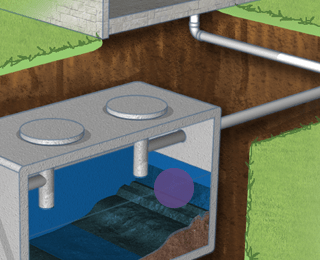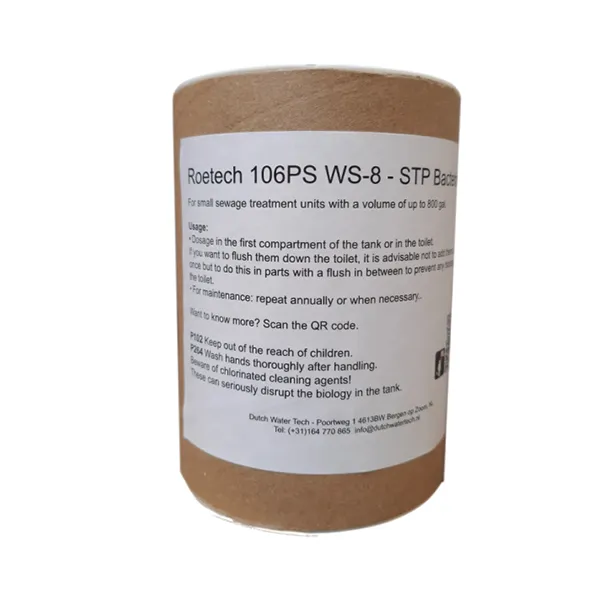Home » Knowledge base » Wastewater Treatment Plant Classification
Sewage Treatment Plant Classification
What STP class do I need? Or do I have?
You can’t just dump your wastewater in a ditch. You already knew that. The wastewater from your household will therefore have to be purified. Doing this centrally, in a Sewage Treatment Plant (STP) generally gives the best results. But in order to get the water to the sewage treatment plant, you have to be able to discharge into the sewer. This is not always possible, especially in outlying areas. Usually the choice is made to use the STP, as it is a treatment system that purifies your wastewater. There are a number of different STP classes. The degree of purification is leading. This purification is done by anaerobic or aerobic bacteria. This depends on the design
Usually, the municipality has described in the Municipal Sewerage Plan what level of treatment is required, and which STP class is needed. The Water Board may also have its own opinion.
Please note: the following text is intended for domestic wastewater. Do you have a business? Then other rules apply.
STP class I
STP class 1 includes the simple septic tank and cesspool. According to class 1, this must have a capacity of at least 6000 litres and three chambers. The main purpose of this treatment is to capture suspended solids (SS) and to break them down. This is done under anaerobic (oxygen-free) conditions. The real decomposition of organic material is minimal in this class.
Note that usually there is a vent on the septic tank. However, this has nothing to do with the degradation in the tank itself.
Don’t meet these requirements? Don’t panic. If the tank was constructed before 2009, the “transitional law of New Decrees” applies and the existing septic tank or cesspool is considered sufficient.

Maintenance STP class I
To ensure proper functioning, the septic tank must be inspected at regular intervals. vacuum and check it out. After cleaning up, it is advisable to add a septic tank activator. The addition of septic tank bacteria will prevent the tank from filling up as quickly. It also prevents odour problems, which are a common problem with these systems.
For the maintenance of your septic tank, we recommend these items on.
Do you have a cesspool (only toilet water, or “black water”)? Then you can use our recommended products locate.
STP class II
An STP class 2 is designed to remove suspended solids (SS) and to treat the wastewater biologically. These systems usually consist of three separate compartments or tanks. Where the degradation in the septic tank and cesspool takes place without oxygen, an IBA class 2 is equipped with a blower that blows in air. The blower provides the bacteria with oxygen, allowing aerobic degradation to take place, with “active sludge”. Aerobic degradation is faster than anaerobic degradation and gives a much better purification.
Maintenance STP class II
Maintenance of an STP class 2 is a bit more work than an STP class 1. Usually the first compartment is emptied annually. The blower works mechanically and contains filters, membranes and other (moving) parts. It is important that the blower can provide enough capacity, otherwise the treatment will not work properly.
After the annual maintenance, it is advisable to dose an STP activator. This ensures optimal operation of your STP class 2 and prevents odors and blockages. You can use these products locate.
STP class III A&B
An STP class 3 provides the best purification. It is possible to achieve a treatment level of up to approximately 95% on pollutants, primarily nitrogen and phosphorus. These substances cause eutrophication (eutrophication) of water bodies and are at the root of problems such as blue algae.
Class III A removes nitrogen from the water, Class III B is also capable of breaking down phosphorus.
This class is subdivided into class 3 A & B. They are aerated by means of a blower and are often equipped with a helophyte filter; a filter based on water plants such as reed. These plants take up nitrogen and phosphorus from the water as they grow.

An IBA activator helps the system stay in top condition.
Maintenance STP class III
As with a class II, it is important to keep the blower in good condition. Replacing filters and checking the various parts is important. In order for the purification system to function optimally and to prevent odors, it is possible to dose an STP activator after annual maintenance or in case of problems. You can use this here.

